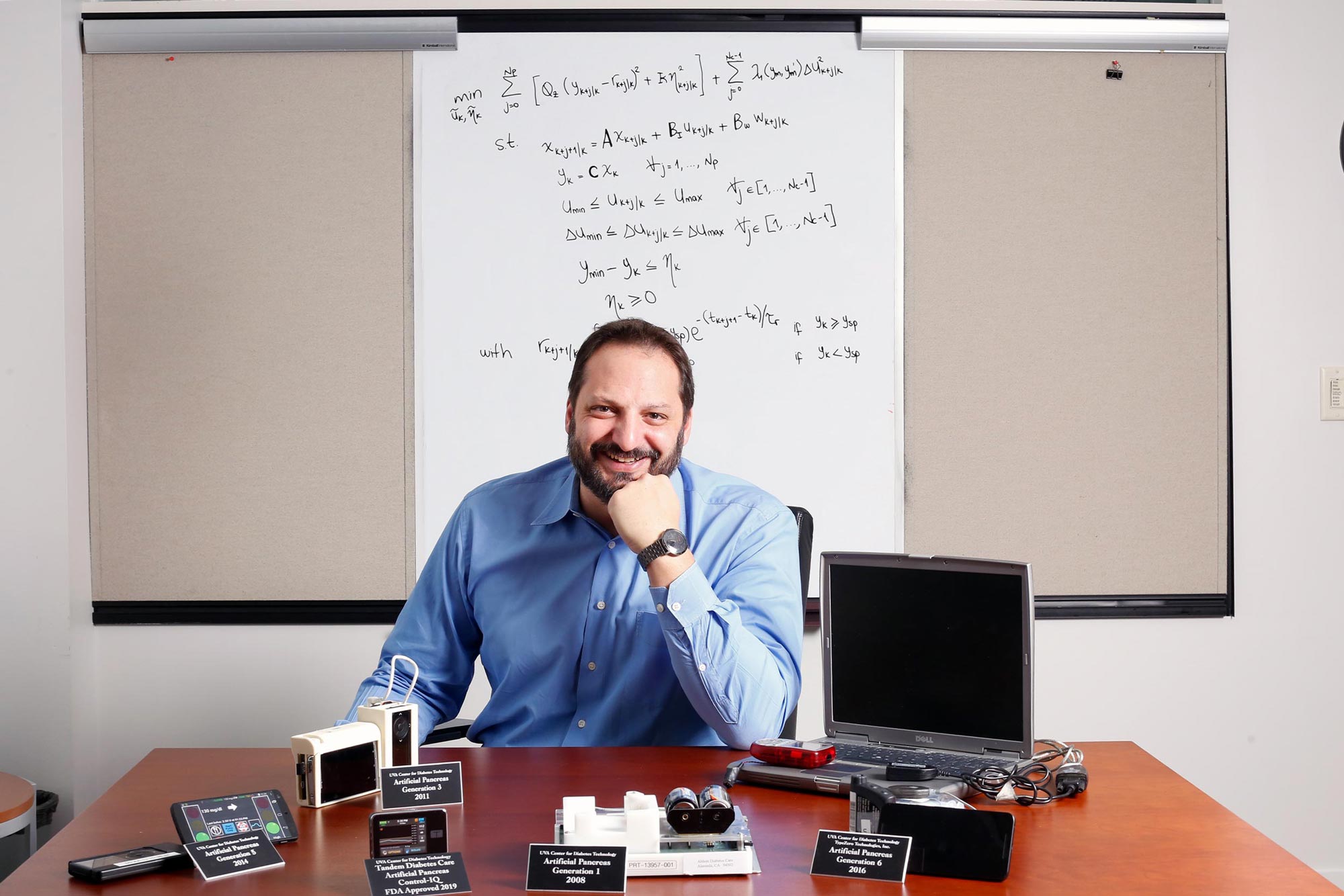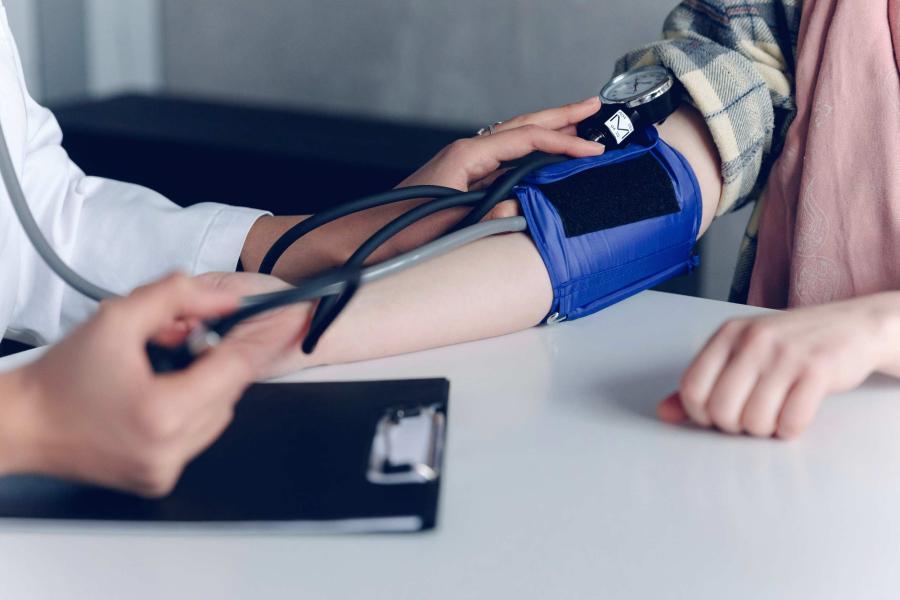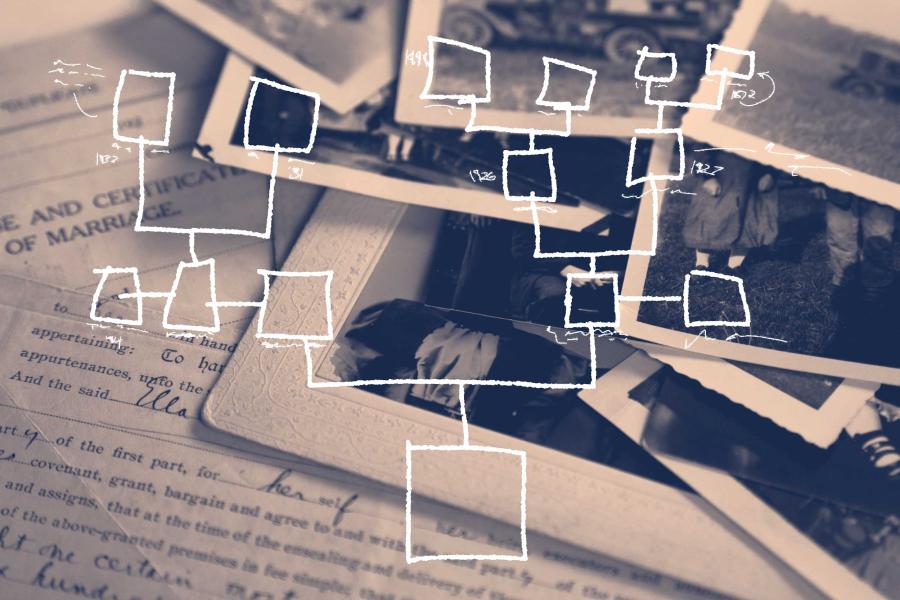The technology, patented through the UVA Licensing & Ventures Group, had been limited to those 6 years old and up. But now children with Type 1 diabetes as young as 2 years old can use the system.
The Licensing & Ventures Group communications office caught up with Breton, a professor at the UVA School of Medicine and the School of Engineering and Applied Sciences.
Q. How does this system make life easier for toddlers with Type 1 diabetes, as well as their parents?
A. Well, just as in the older patients, the system takes over the vast majority of insulin dosing decisions and frees the family from some of the worry and day-to-day hurdles of managing glucose in a 2-year-old child who may or may not eat, most definitely does not plan physical activity, and reacts to much smaller dose changes. The biggest change we keep hearing about is about the parents being able to sleep through the night, but we’ve also heard of families that were able to return to work thanks in part to the system.
Q. Will FDA approval now be sought for newborns? If so, what would be a rough approval timeline for that?
A. I do not know of data being generated to show the system would work in children younger than 2 years old. Generally, approvals take about a year after the end of the pivotal study, but it assumes that the data is indeed convincing.
It’s also important to note here that pediatric endocrinologists do have the opportunity to, in concert with the family, decide to use the system “off-label” if they think it will be to the benefit of the child. It happened for the 2- to 6-year-olds before this approval, and it may happen again if it makes sense clinically.
Q. How has the algorithm for the device evolved since you first created it, and what are you and your team working on now?
A. The algorithm has not changed since December 2015, but, of course, we went through many iterations between our first version in 2008 and what is now in Control-IQ. The team at UVA has been working hard since 2017 designing the next generation of devices – namely, systems where patients or parents do not have to announce their meals anymore or count what they are eating. We are pretty far down that road, with the first home trials in teenagers and adults going on now.
Q. How has UVA’s Center for Diabetes Technology grown since it was first founded, and how much progress is being made toward one of the center’s goals for helping patients who have Type 2 diabetes?
A. Well, when I joined in 2004 there were four of us: Boris Kovatchev, the P.I.; Stacey Anderson, the endocrinologist; Nancy Kershner as a clinical research coordinator; and me as the postdoctoral researcher. Today we have 60 people working, with a dozen investigators running a minimum of 10 studies a year, and a team of about 20 engineers and quantitative scientists discovering new algorithmic solutions every month. So, growth has been incredible in 20 years.
And yes, we have made a concerted effort over the past few years to translate our work to the much larger Type 2 diabetes population, with four clinical trials ongoing and solutions being tailored to the specific needs of these patients.
Q. Overall, how gratifying is it to know that your invention is now helping more than a half-million people around the world?
A. I feel incredibly lucky as a scientist to have the fruits of my work impacting the world in tangible ways. For that impact to be helping people live freer and safer lives all around the world is truly incredible. I never thought when we started that we would be able to have such a broad impact with our discoveries and I am proud and humbled at the same time about what we achieved.






